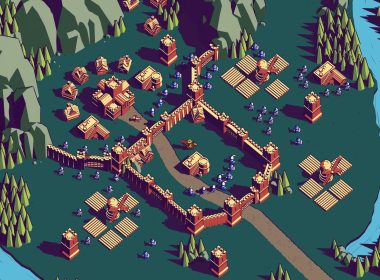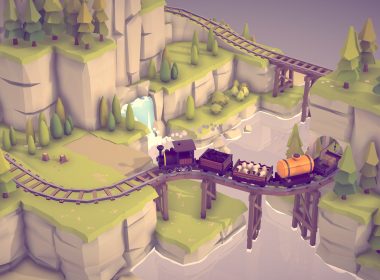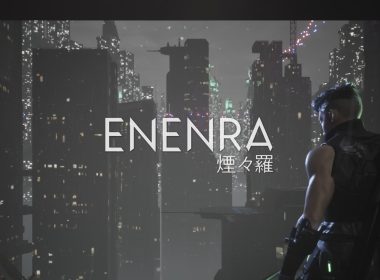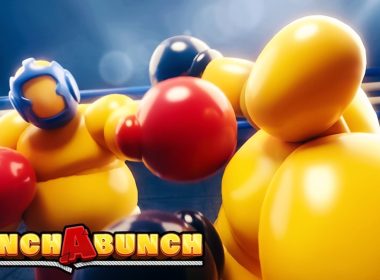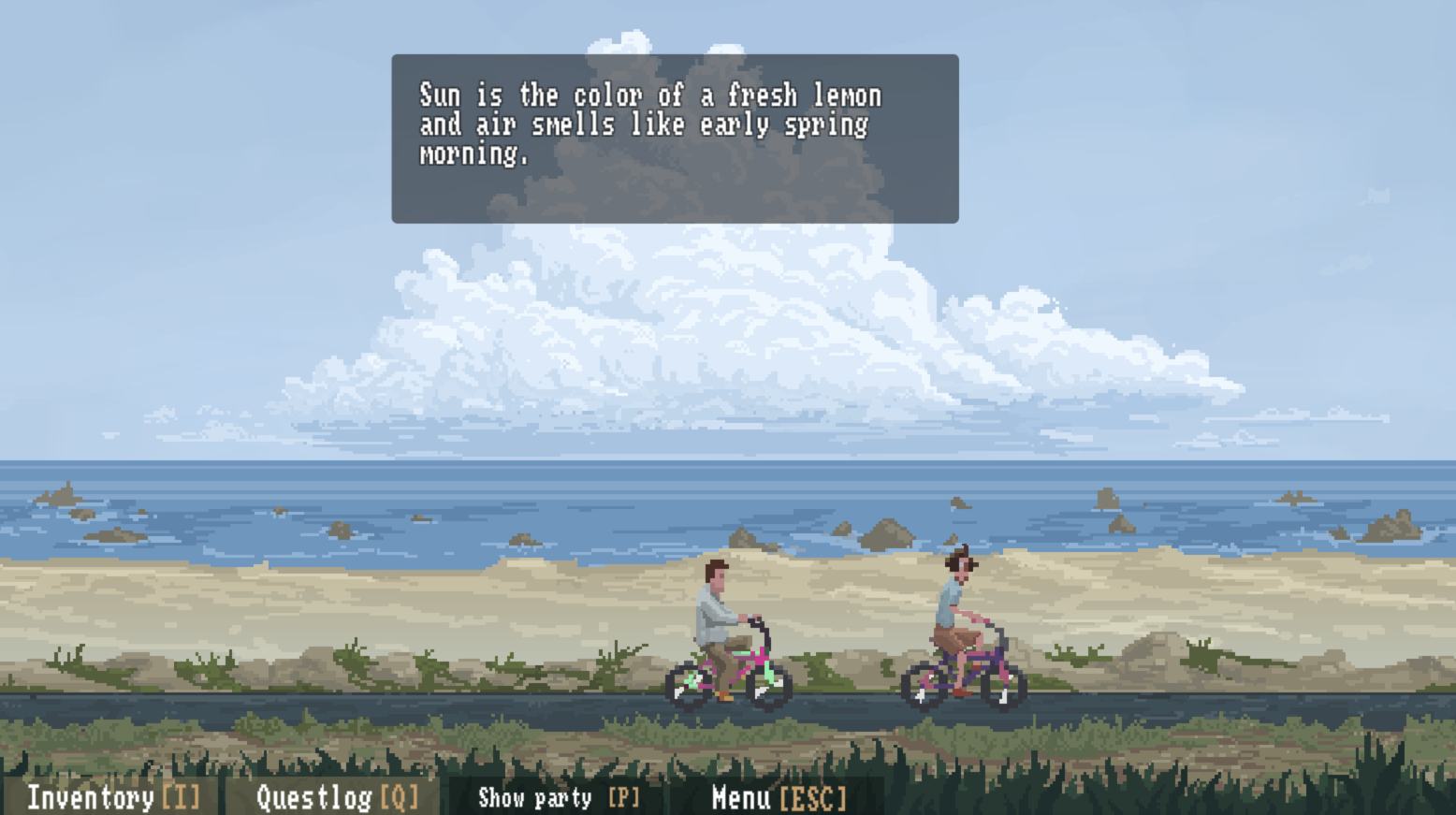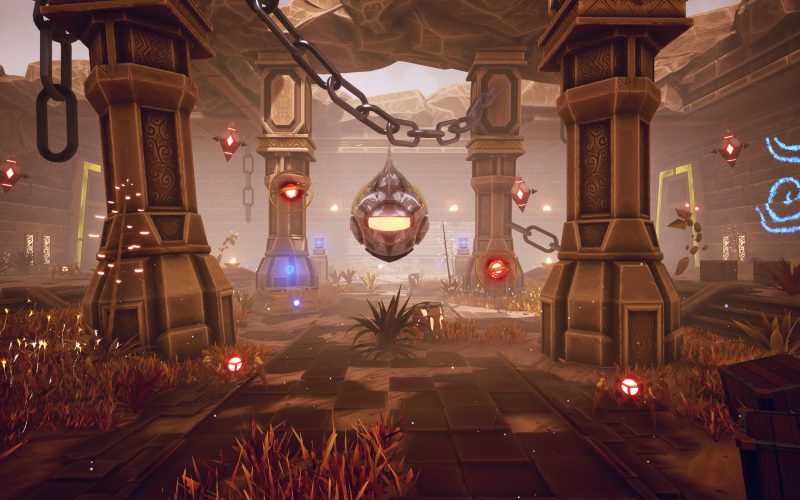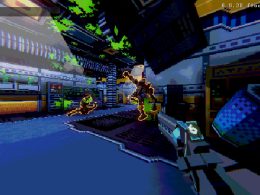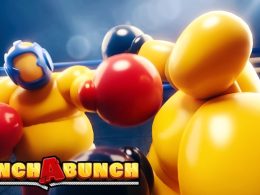Checking Nightcall studio website you’ll immediately jump back to 80s. The guys, an indie studio of 5 people based in Slovakia, are working at a very interesting retro pixel art adventure called “Lost In The Void”. We have recently interviewed the team, let’s read more about this new upcoming title!
| Twitter: | https://twitter.com/LostInTheVoid_1 |
| Youtube: | https://www.youtube.com/channel/UC2Yh0KEM_g3p-SGUiyDk_bQ |
| Discord: | https://discord.com/invite/HdTGfYpPAt |
Tell us more more about your studio, what brought you to game development and to “Lost In The Void”?
Nightcall studio started as synthwave/retrowave oriented party in Bratislava. It later grew into independent music label that releases albums of local musicians with focus on synthwave on audio tapes, independent comic book publisher run by Eniac (https://eniac.ninja/) but mainly – indie video gamedev studio.
Our first project was a browser based text adventure which was created as a promotional piece for Nightcall Halloween Synthwave Party http://nightcall.sk/text_adventure2/ (unfortunately its only in Slovak language).
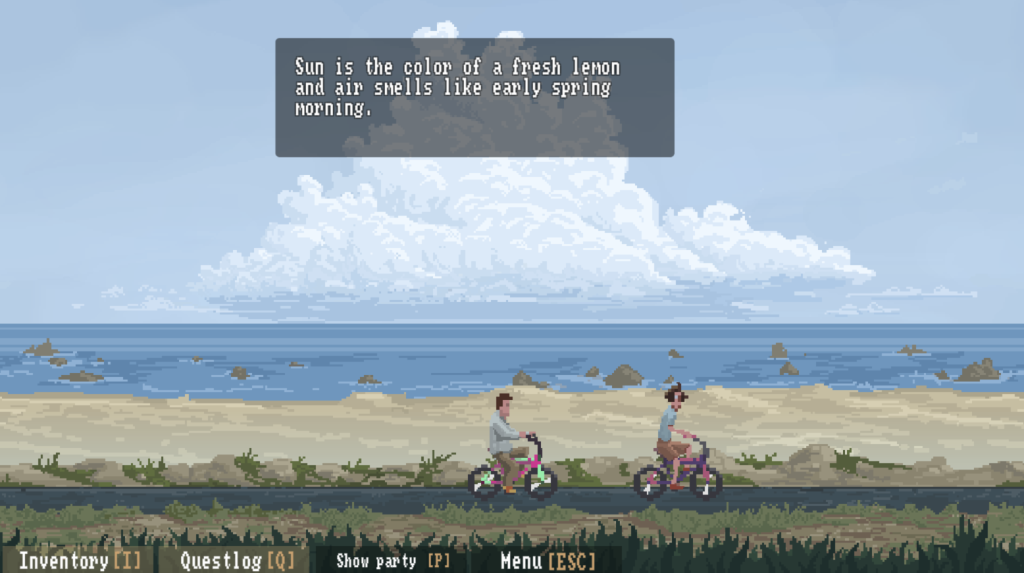
We found out that we really enjoyed working on it, and we wanted to do something bigger this time. All of us are huge fans of 80s movies, science fiction, old videogames, and RPGs. So, after several hundreds of beers, we knew what we wanted to do. We combined all those things into what later became Lost in the Void.
Can you describe Lost In The Void and tell us what makes it unique?
Lost in the Void is an isometric pixel art RPG inspired by the 80’s nostalgia. Our goal is to bring back that longing for childhood that you always wanted but never had
There is nothing like Lost In The Void. I know it sounds like a cliché but we are trying to make the game that we always wanted to play, but no one made it before. In its core it’s a game about growing up and relationships. At the same time, we are trying to bring back those memories from your childhood that are buried deep down in your subconsciousness. Majority of dialogues and scenes in Lost in The Void are based on something that happened to us in the childhood. And it’s all coated in extremely tasty pixel art!
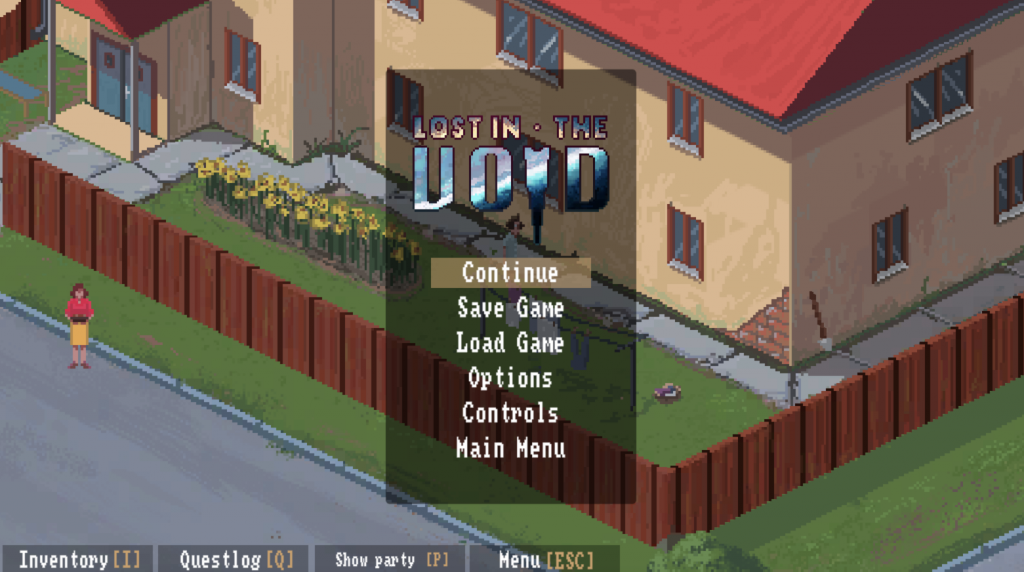
It’s strongly narrative driven – I would compare it to a way how you play classic PnP RPG games or gamebooks. There is an element of narrator that describes your surroundings in bigger detail then our pixel art style allows, but it still leaves lot of room for your mind to populate it with all the other unique details.
I would also highlight how we handle transition sequences where you move between separate locations. Your gang of kids jumps on their BMX bikes and talk to each other about various things. Sometimes you are just “one of the kids” other times you are the one that is driving this conversation.
Where did you get the inspiration for Lost In The Void?
First and foremost, I must mention Tajomstvo Dračej steny by Jozef Žarnay. Sci-fi book from 1980 Communist Czechoslovakia. As far as I know it was never translated to English language. It’s about group of kids that discover old spaceship hidden in the cave system below the mountain close to their hometown. They activate it by a mistake, and it takes them out to explore outer space.
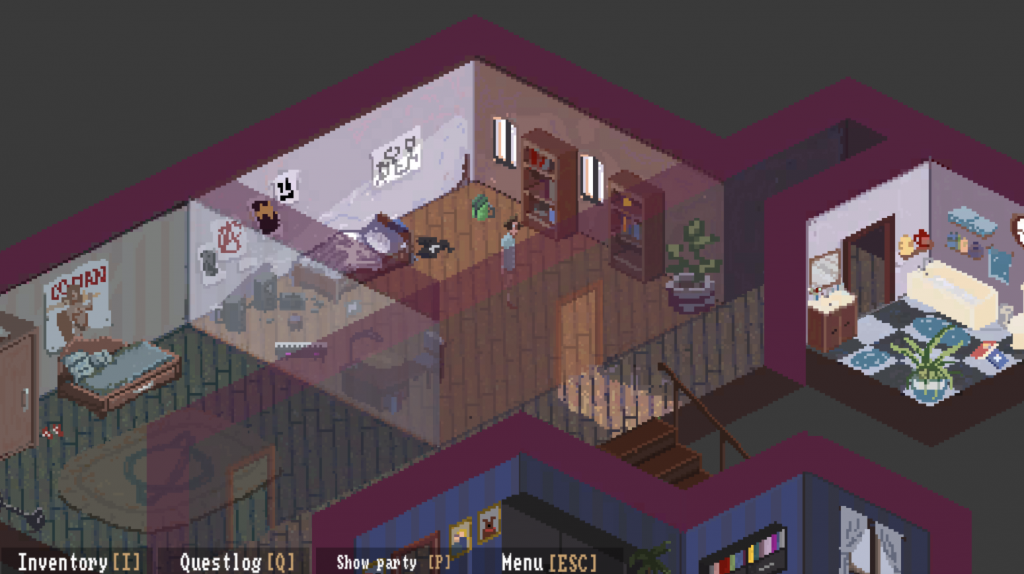
Other huge influence is 1985 classic US movie Explorers directed by Joe Dante. About group of young kids that literally build spaceship in their backyard, they travel to space, encounter aliens and other fun stuff.
Gameplay wise our main influences are old isometric infinity engine RPG titles (Baldurs Gate, Planescape Torment) or Disco Elysium from the most recent ones.
Is there any technical aspect that you want to share with our readers?
The whole game is 2D isometrical, but development happens in 3D space. That makes layering assets and putting the whole scene together much easier and more intuitive.
The whole sound design concept is separated to real time recorded ambience and chip-tune samples. This combination brings up the best of these two worlds bringing up immersion while venturing and exploring the world with your group of friends.
The voice sound effects are generated through digital emulations of classic synthesizers, sent to vocoder effects. The samples are time stretched afterwards and down sampled to bring up the nostalgia of classic pixel art Nintendo games.
Concept Art – Nameless Space Ship – 04
— Lost In The Void (@LostInTheVoid_1) July 9, 2022
From early pre-production phase.
By our Art Director @LucienAne #indiedev #gamedev #indiegamedev #pixelart #pixelartwork #lostinthevoid #conceptart pic.twitter.com/HeGZrY1gT8
Which is your development pipeline and how is your team organized?
The game runs on Unity engine with Universal Render pipeline. For dialogue management we use PixelCrushers Dialogue system which is used by games like Disco Elysium. Code is pushed to Unity cloud and version control is managed by Plastic SCM.
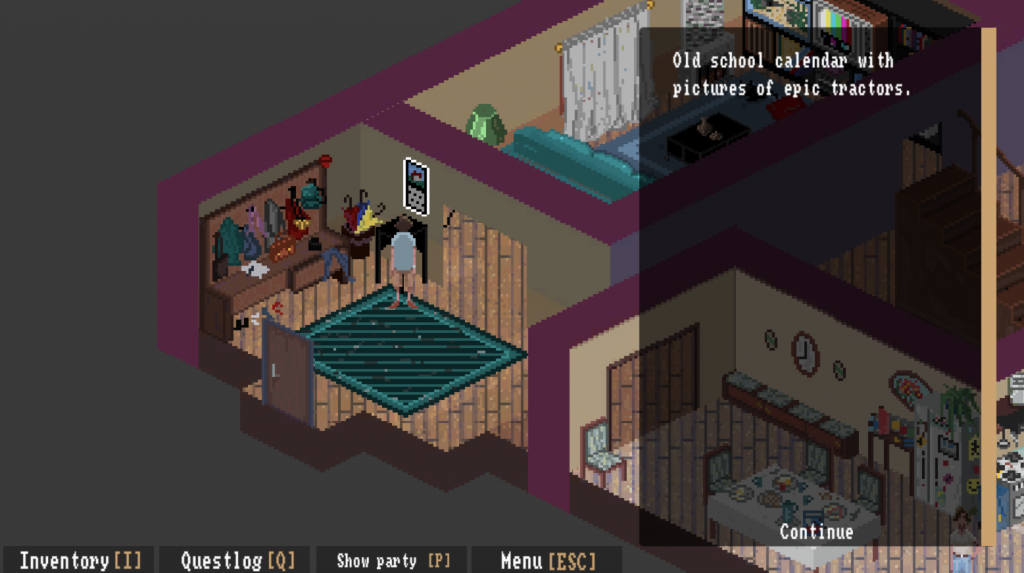
We have one small place that we rent together where we are meeting during weekends to work on a game during the game and play DND during the evenings. I would say that its vital that we meet face to face. Ideas are discussed within our whole team and all of us must agree on a certain direction or a compromise.
From the project management system point of view – we are using scrum methodology in a way how we handle our priorities, tasks, and goals.
We are pixel art addicted and Lost In The Void is something special. We are really curious to know more about how you are working on your art.
We tried several programs to find the optimal tool for the pixel art. But we couldn’t find the one that can do it all in one. So, we are using Photoshop and Procreate for concepts and sketches and background paintings, Hexels for pixel perfect stuff and some FX and Aseprite for frame-by-frame animations.
We usually brainstorm scenes to establish right atmosphere and looks and try to come up with props (assets) according to aesthetics and game design needs.
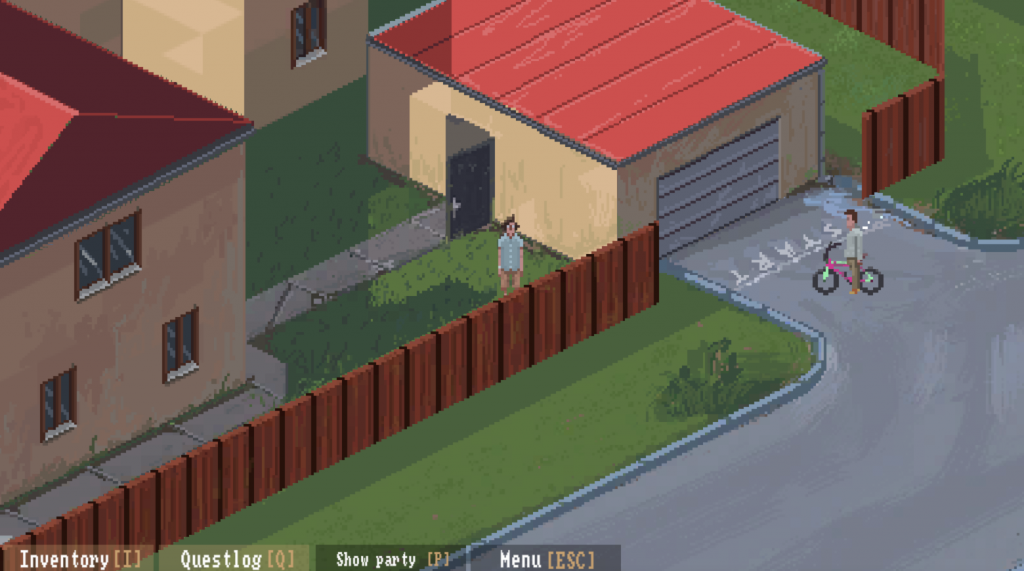
When can we play the game and on which platform?
We are aiming for late 2022/early 2023 release for our demo, which will include 1-2 hours of gameplay and will be released for free on PC (Steam). Eventually, if we will be able to find proper publisher and will be able to finish it in its full form, we would love to port it across the board (PlayStation, Switch, Mobile etc.;)
